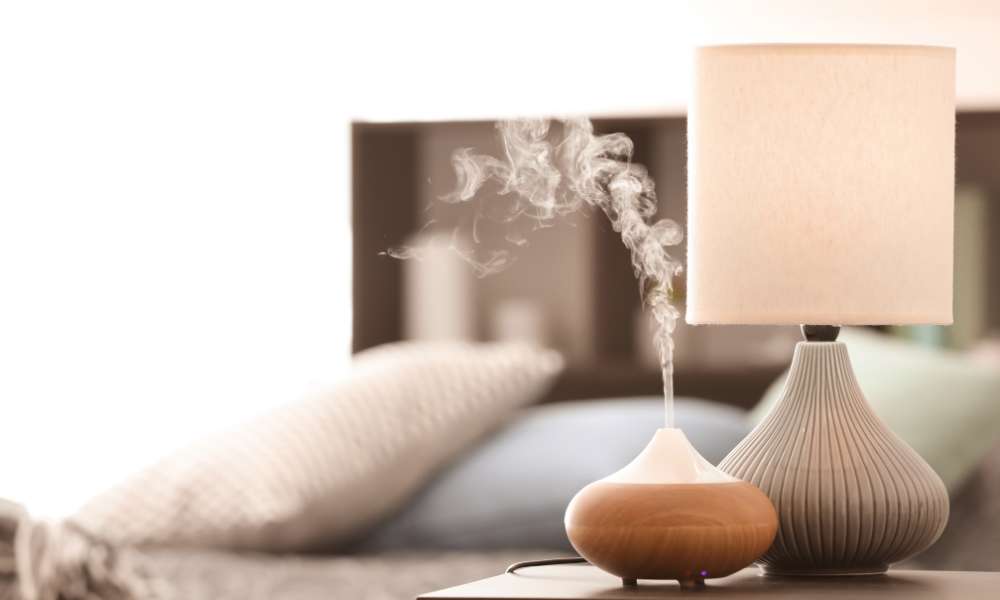The right lampshade can transform the ambiance of a room, casting a warm glow that enhances the overall aesthetic. However, choosing the perfect lightshade for your table lamp can be a daunting task, especially when it comes to getting the measurements just right. Fear not! In this detailed guide on How To Measure A Lampshade For A Table Lamp, we will unravel the secrets to achieving that ideal fit and style for your lighting fixture. So grab your measuring tape and let’s shed some light on this illuminating topic!
How Do I Measure The Top Diameter Of A Lampshade?
To measure the top diameter of a lampshade, you will need a measuring tape or ruler. Place the lampshade on a flat surface with the top facing up. Measure straight across the widest part of the top of the lightshade to determine its diameter. Make sure to keep the measuring tape or ruler straight and level for an accurate measurement
What If My Measurements Fall Between Standard Sizes?
To look for brands or stores that offer custom sizing or made-to-measure services. This allows you to provide your exact measurements and have the clothing made specifically for you. While this may be a bit more expensive than off-the-rack options, it can be worth it for a perfect fit that makes you feel confident and comfortable in your clothes.
Understanding The Importance
Selecting the right lightshade for your table lamp is crucial to ensure both aesthetic appeal and functional lighting. A well-fitted lightshade not only enhances the lamp’s appearance but also influences the quality and direction of the light. Whether you’re aiming for a classic look or a modern twist, the size of the lightshade plays a pivotal role. Understanding the importance of proper measurement can save you from mismatched proportions and uneven lighting, creating a balanced and inviting atmosphere in your room.
Selecting The Right Size Lampshade
1. Determining The Height
The height of your lampshade plays a crucial role in its overall appearance and functionality. To measure the height, start by measuring the height of the lamp base from the bottom to the point where the bulb is attached. A general rule of thumb is that the height of the lightshade should be about 60-70% of the height of the lamp base. For example, if your lamp base is 20 inches tall, your lightshade should ideally be around 12-14 inches in height. This proportion ensures that the lightshade covers the bulb and the socket, providing a balanced look without overpowering the light.
2. Measuring The Diameter
Measuring the diameter of the lightshade is equally important to ensure it fits well with your table lamp. To determine the correct diameter, measure the width of the lamp base at its widest point. A well-proportioned lampshade typically has a diameter that is about twice the width of the lamp base. For instance, if your lamp base is 6 inches wide, the lampshade should have a diameter of approximately 12 inches. This ratio ensures that the lightshade offers adequate coverage and complements the overall design of the light. Additionally, make sure the shade’s diameter allows for enough space around the bulb to prevent overheating and to provide sufficient light distribution.
Considering The Style And Shape
1. Exploring Different Styles
Different styles of lampshades can dramatically alter the aesthetic of a room. For instance, a classic drum shade offers a timeless, versatile look, while an empire shade adds a touch of traditional elegance. Modern lampshades, such as square or rectangular ones, provide a contemporary flair that can complement minimalist decor. When exploring different styles, think about the overall theme of your space and how the lampshade will blend with existing furniture and accessories. This careful selection process ensures that the lightshade not only fits well but also enhances the room’s decor.
2. Examining The Shape
Selecting the right size lampshade for your table lamp, it’s essential to consider both the aesthetic and functional aspects. The shape of the lightshade can significantly impact the overall look and feel of the room. A larger, round lightshade can create a soft, diffused light that adds a cozy ambiance to a space, while a smaller, more angular shade can provide more focused task lighting for reading or working.
Using A Flexible Tape Measure
To measure a lampshade for your table lamp, a flexible tape measure is an indispensable tool. Unlike rigid rulers, a flexible tape measure can easily wrap around curved surfaces, providing accurate readings for both the circumference and height of the lampshade. When measuring, ensure the tape measure is straight and snug against the surface for precise results. This tool allows you to capture the dimensions needed to select a shade that complements your lamp’s base and overall design, ensuring a perfect fit.
Taking Precise Measurements
Taking precise measurements is essential to find the ideal lightshade for your table lamp. Start by measuring the bottom diameter, which should be wide enough to cover the lamp’s base without overpowering it. Next, measure the top diameter to ensure it aligns well with the bottom size, maintaining a balanced look. Finally, measure the height of the lightshade, which should be proportionate to the height of the lamp base. Accurate measurements ensure that the lightshade not only fits perfectly but also enhances the lamp’s functionality and visual appeal.
The Final Thought
To measure a lampshade for a table lamp is a simple process that requires attention to detail and precision. By following the steps outlined in this guide, you can ensure that your lampshade fits perfectly and enhances the overall aesthetic of your space. Remember to measure both the top and bottom diameter, as well as the height of the lightshade for accurate results. Taking the time to measure properly will save you from potential headaches down the line and allow you to enjoy your beautifully illuminated space with ease.
